Why Eye Rejuvenation Matters
The eyes are the most expressive and engaging feature of the face. We look into each other’s eyes when we speak, make decisions, and form impressions. The periocular region—the area surrounding the eyes—plays a significant role in how others perceive our energy, mood, and health. It’s also the first area to reveal signs of aging due to repetitive movement, thinning skin, fat redistribution, and volume loss.
Over time, this can create a noticeable disconnect: you may feel vibrant and well-rested, but your eyes tell a different story. That mismatch can affect your confidence and how others respond to you.
By rejuvenating this area, we restore not only youthful balance to your features but also the harmony between your appearance and your identity.
Understanding the Periorbital Region
One of the most important aspects of my approach is evaluating the eye area as a single anatomical unit—the periorbital region. Most people, and even many surgeons, tend to isolate one issue (like hooded upper eyelids) and treat it on its own. But aging doesn’t happen in isolation. It occurs as a sequence of interconnected structural changes that affect:
- Upper eyelids
- Lower eyelids
- The eyelid-cheek junction
- The lateral brow
- Temples
If only one component is addressed—for example, trimming excess skin on the upper lids—while ignoring temple hollowing or loss of volume under the eyes, the results may look disjointed or unnatural. That’s why I emphasize comprehensive treatment tailored to the entire area.

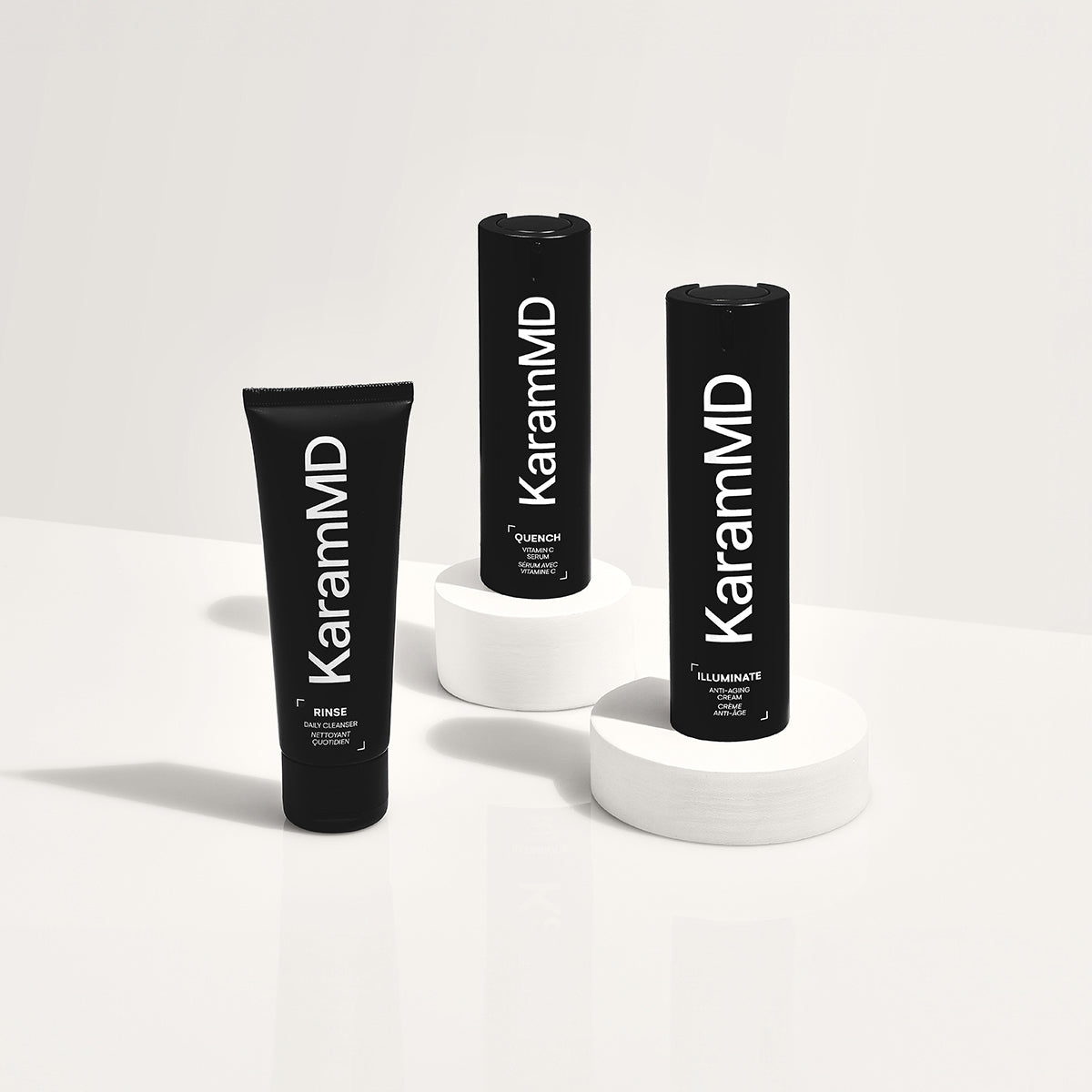
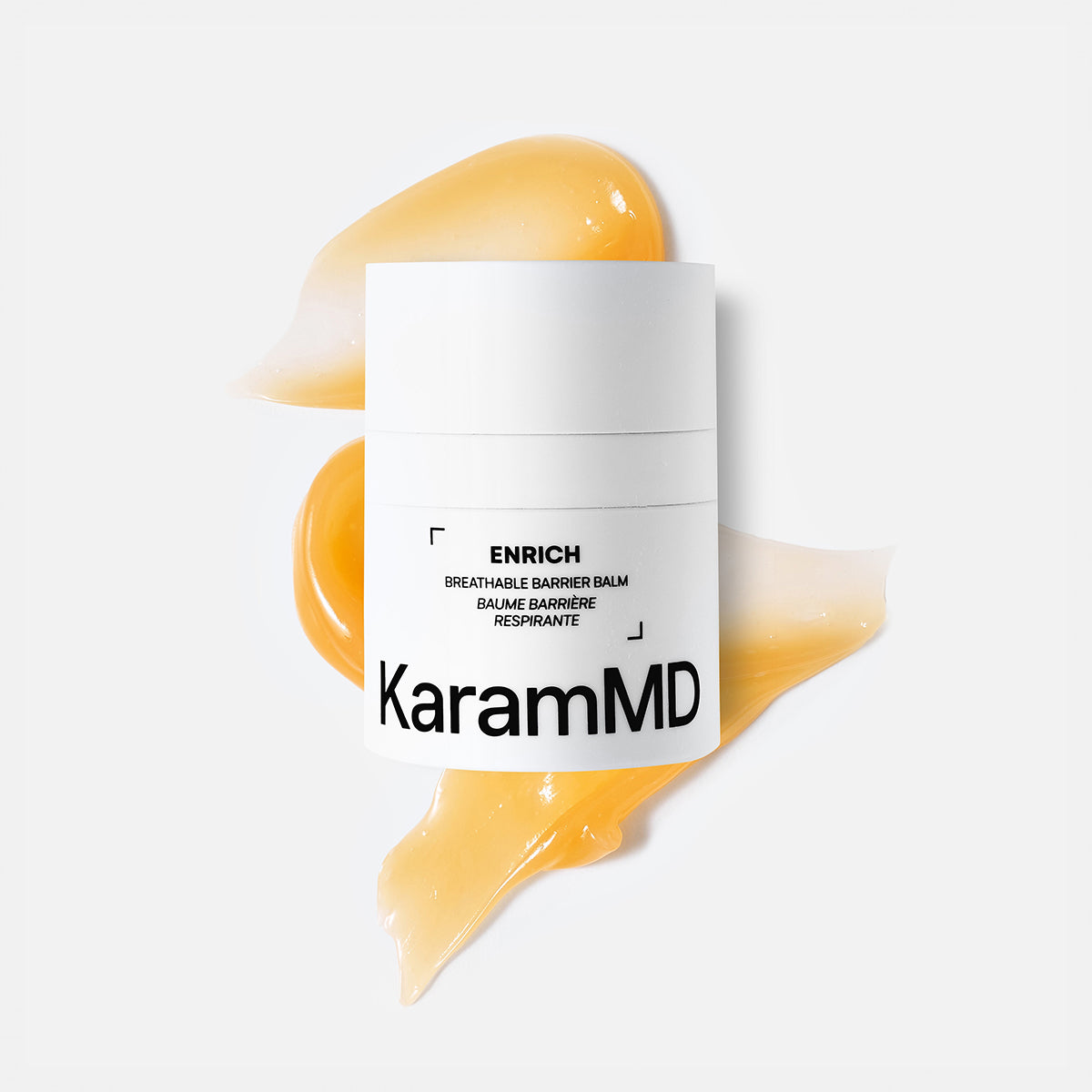
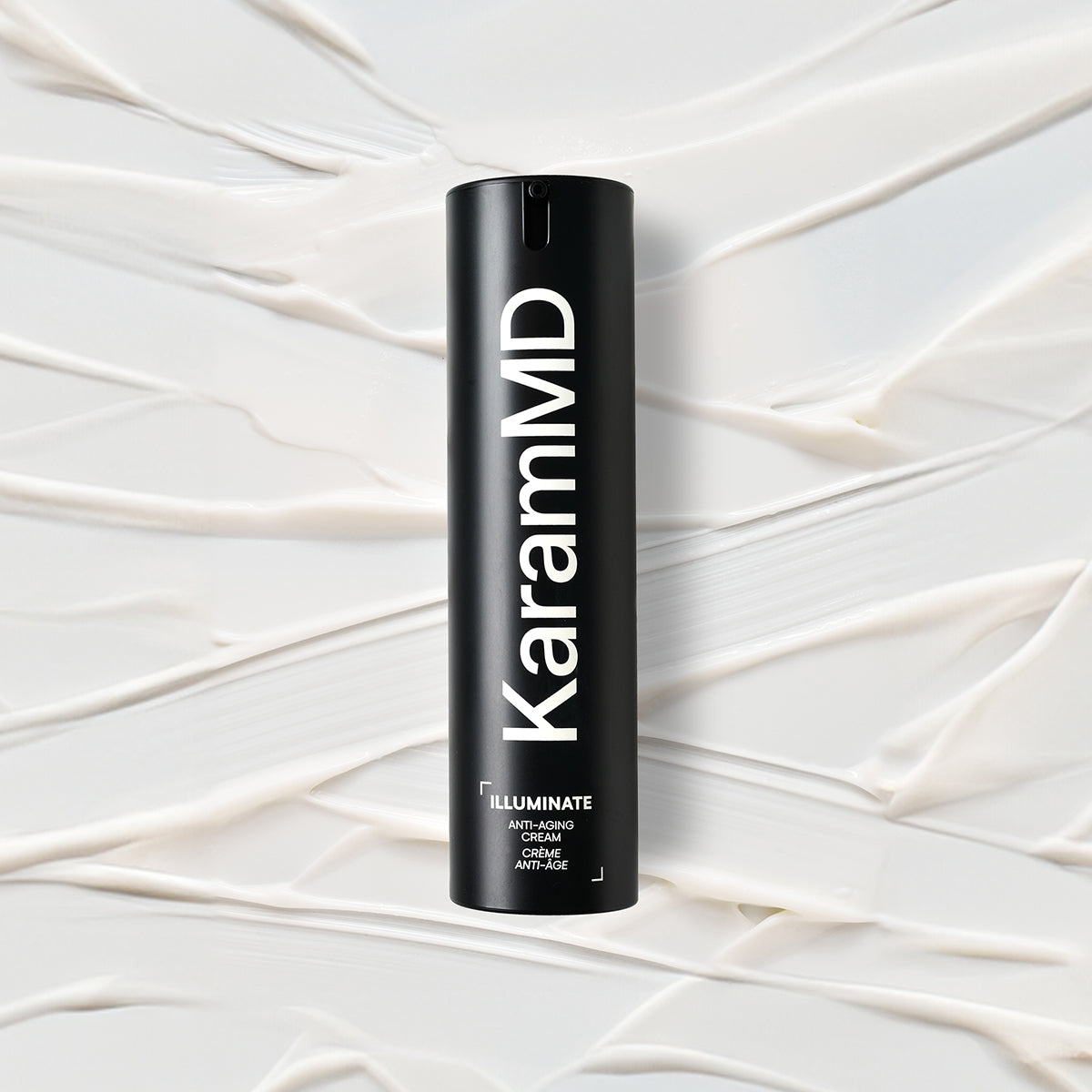
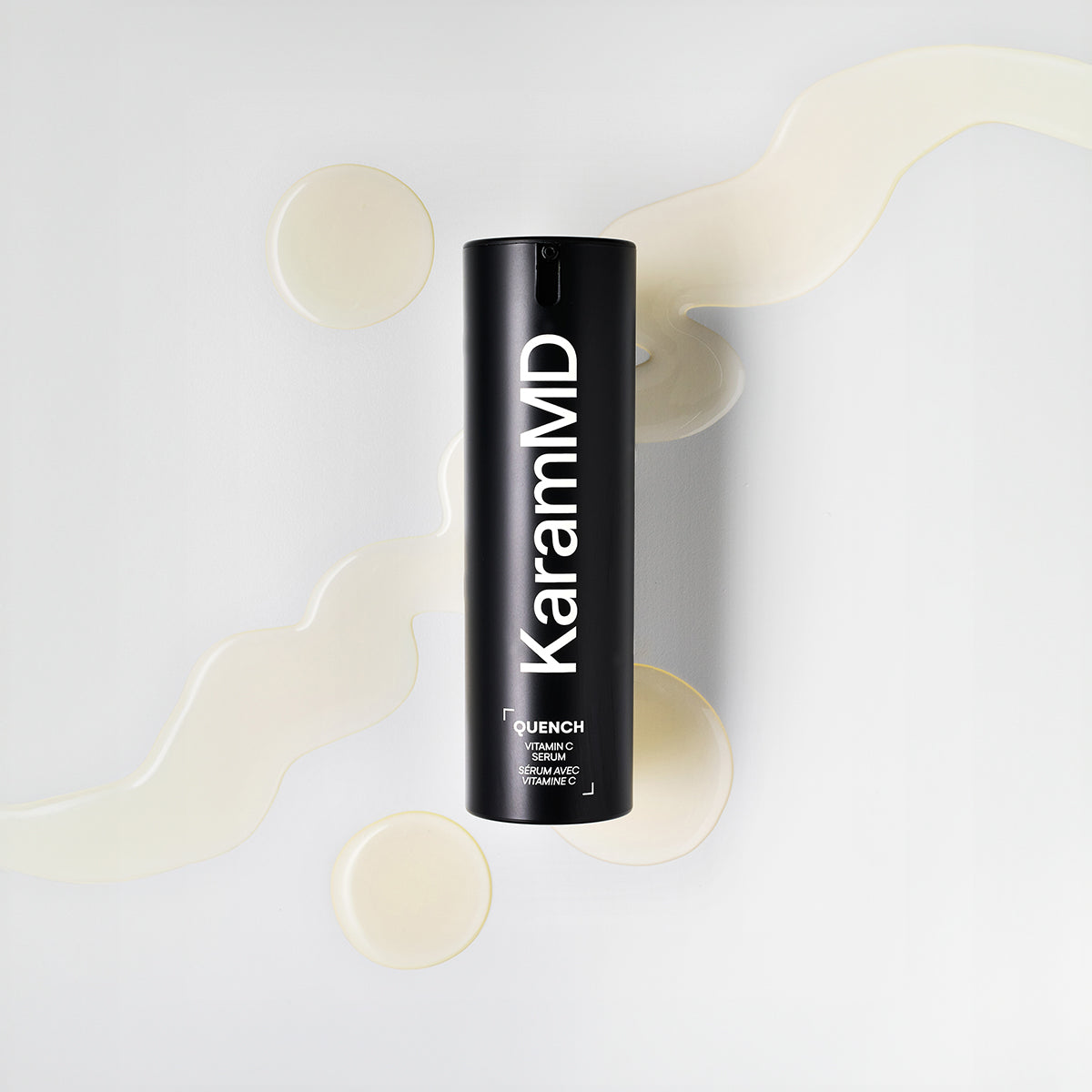
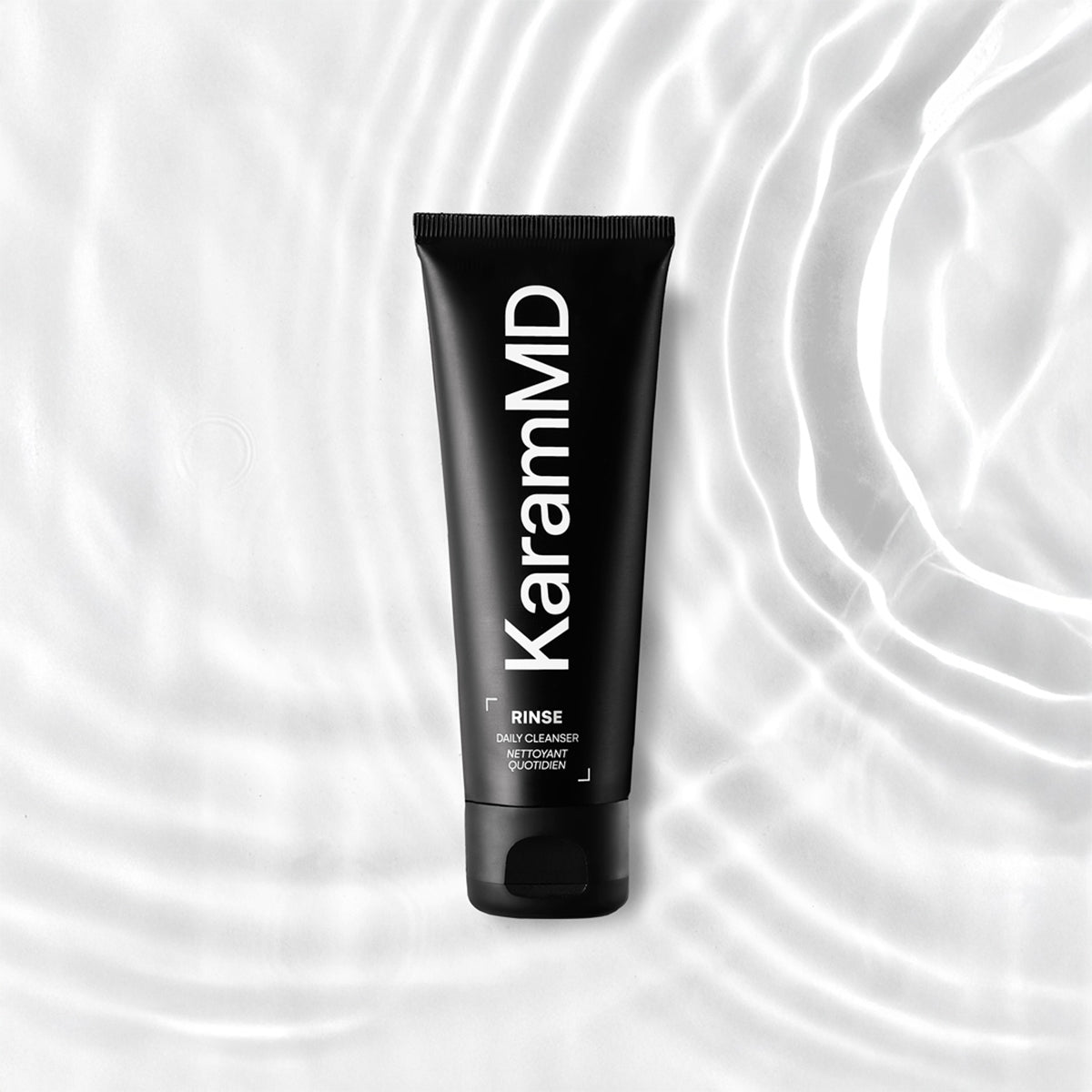


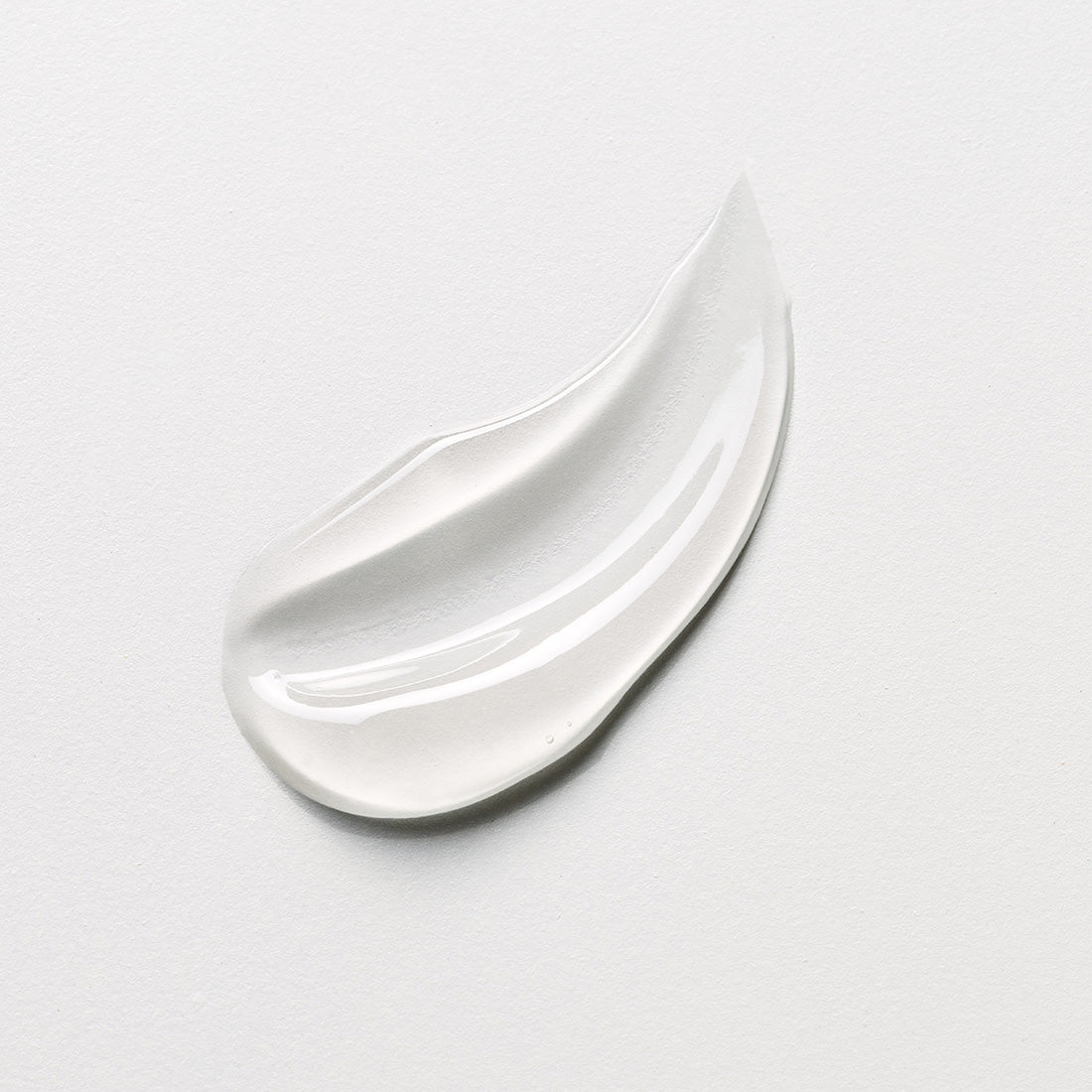
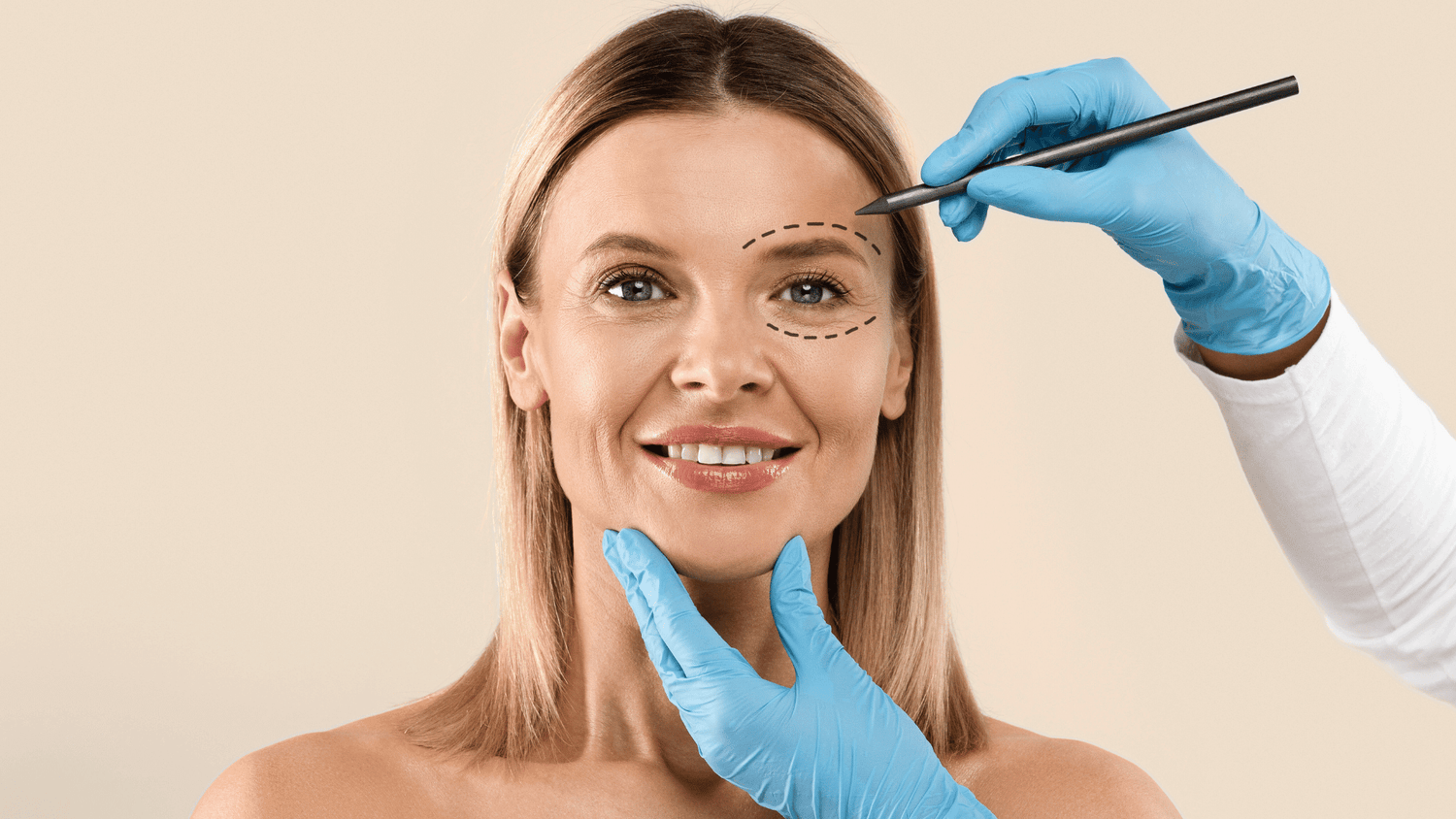



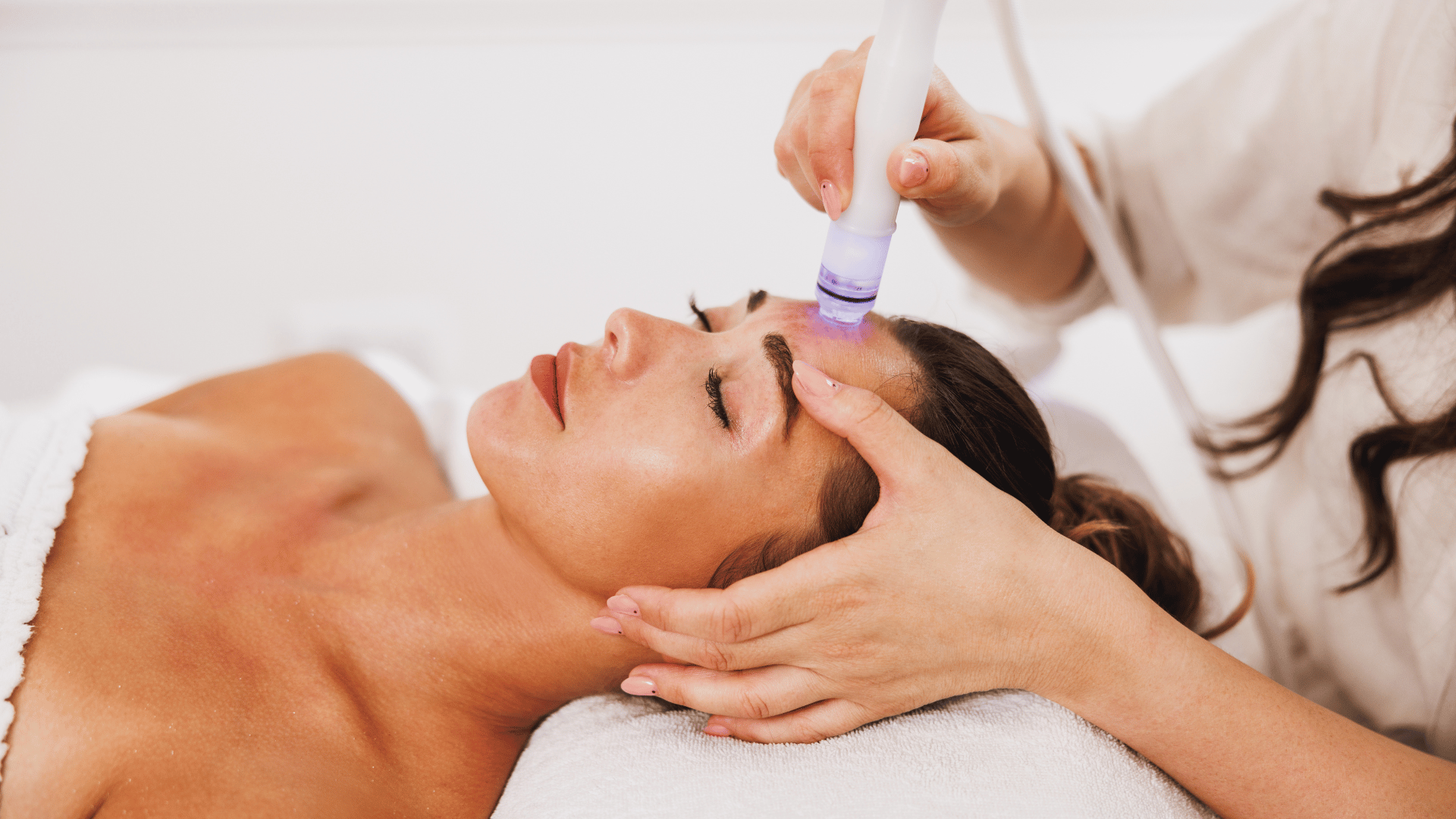
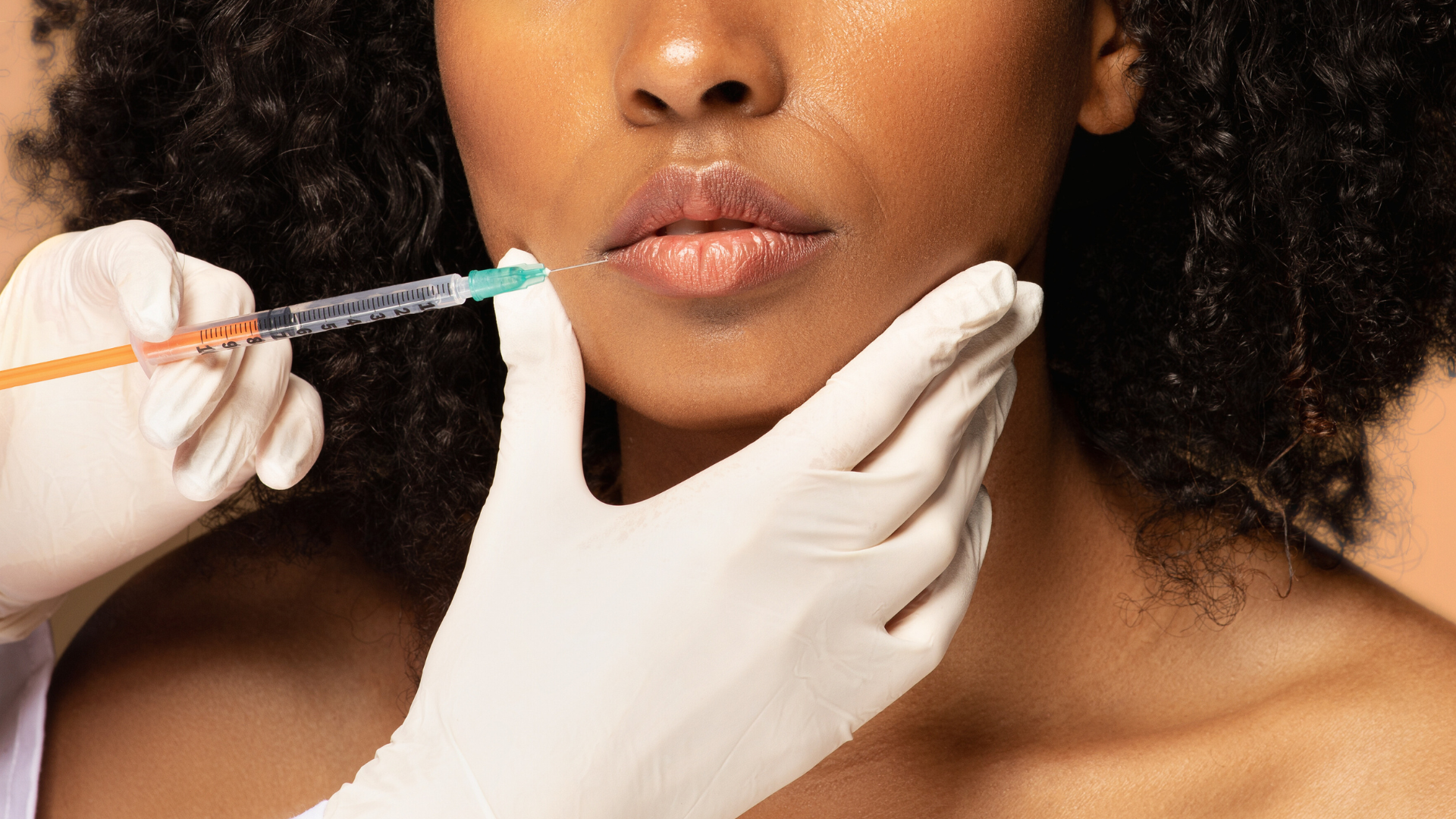
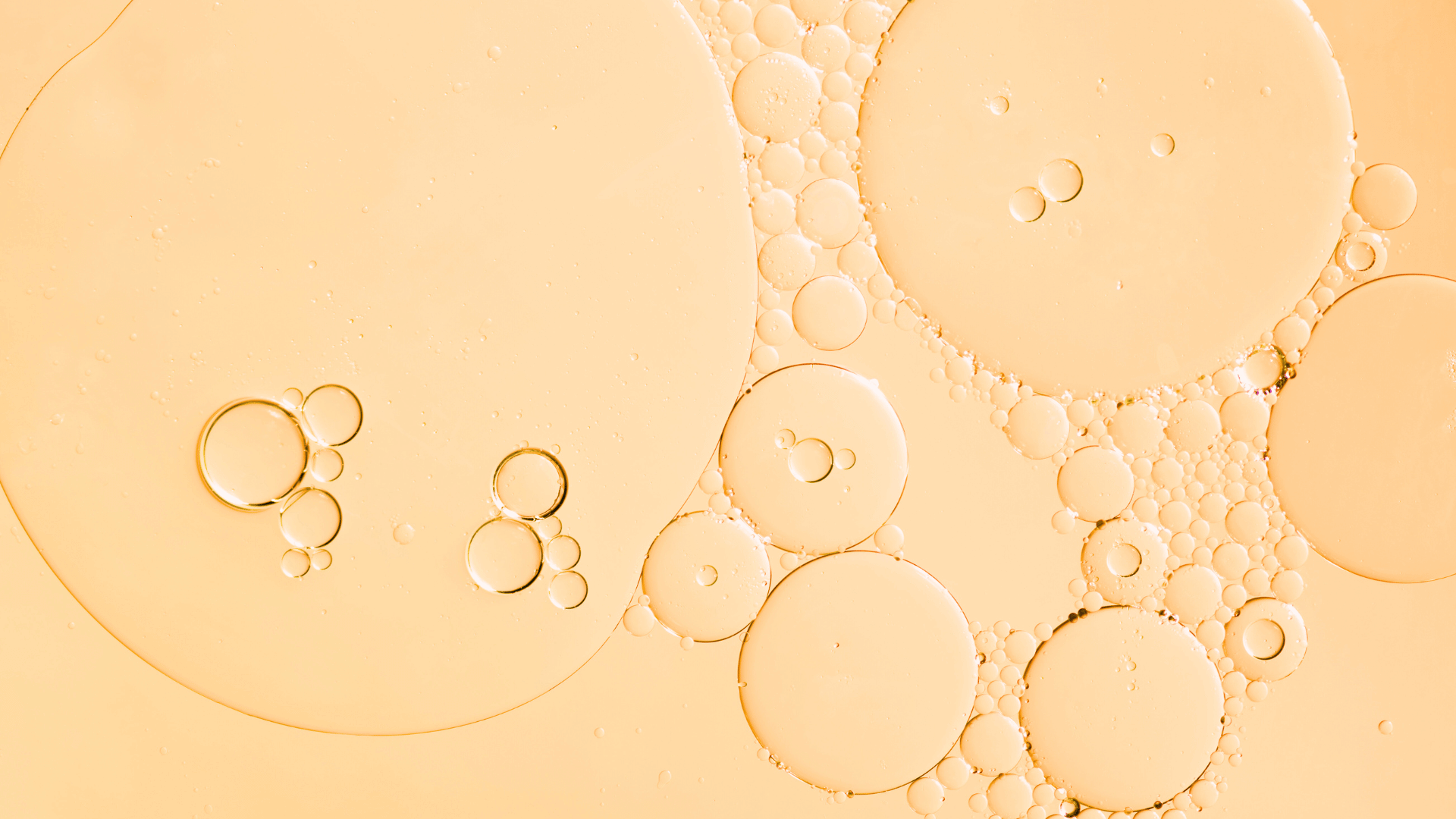


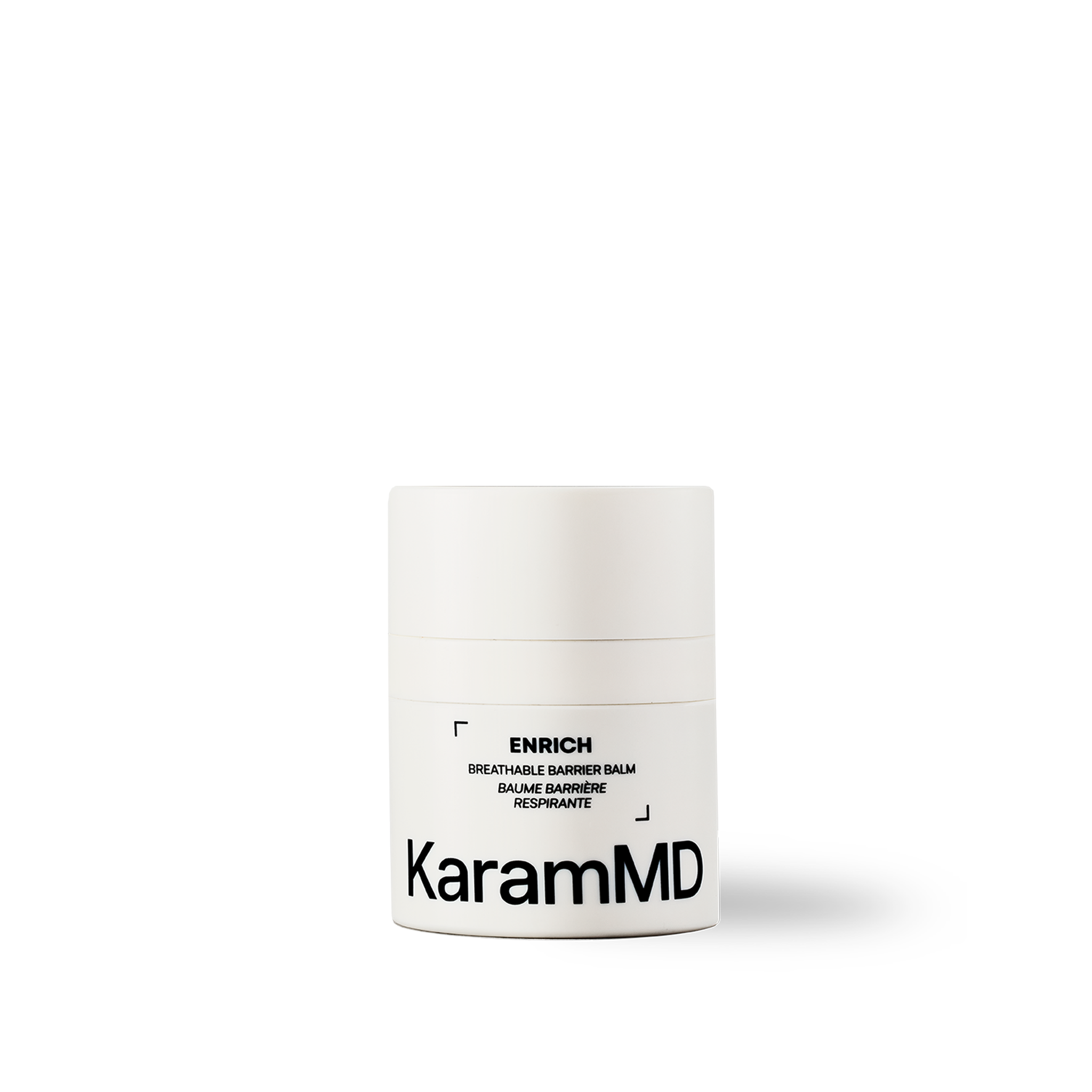

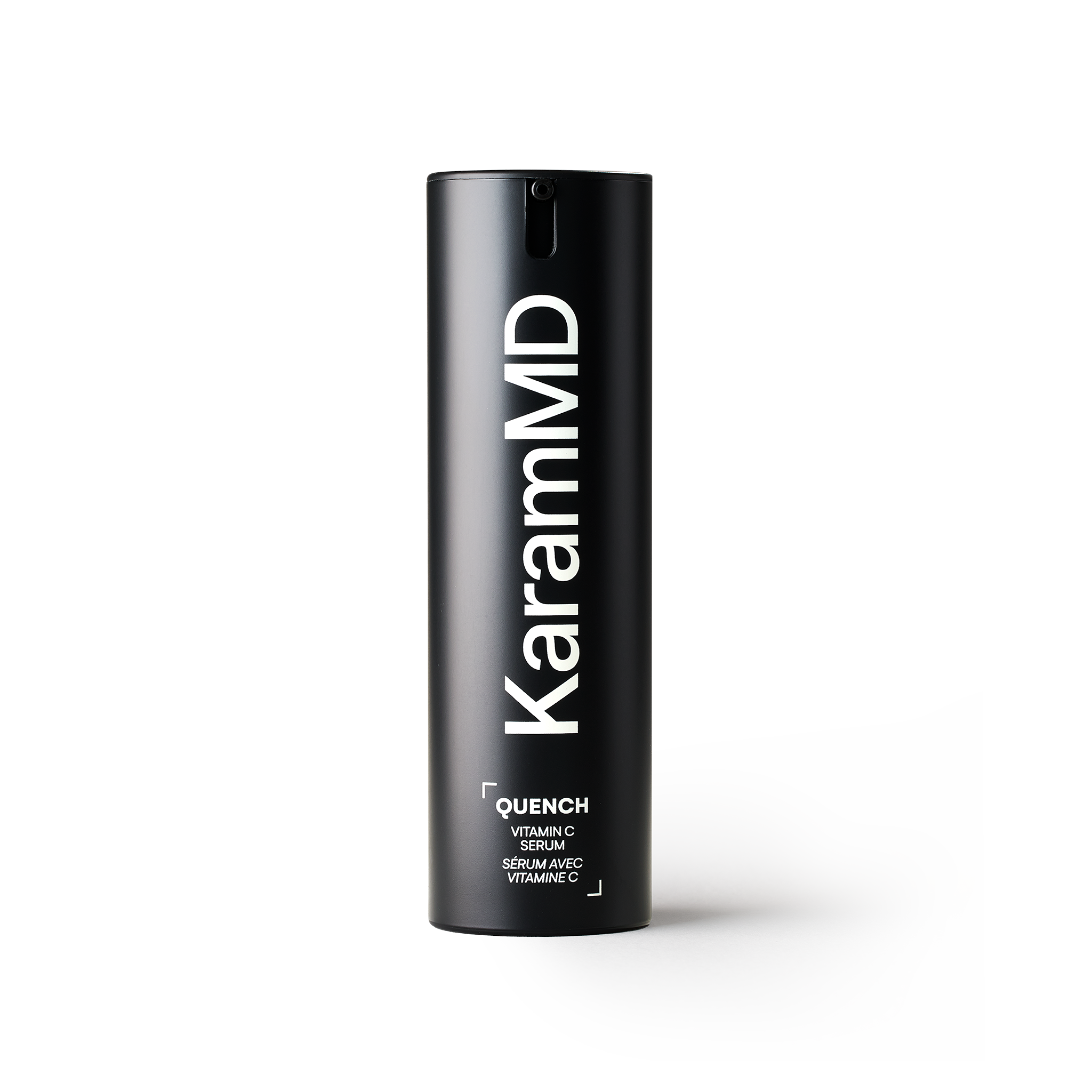
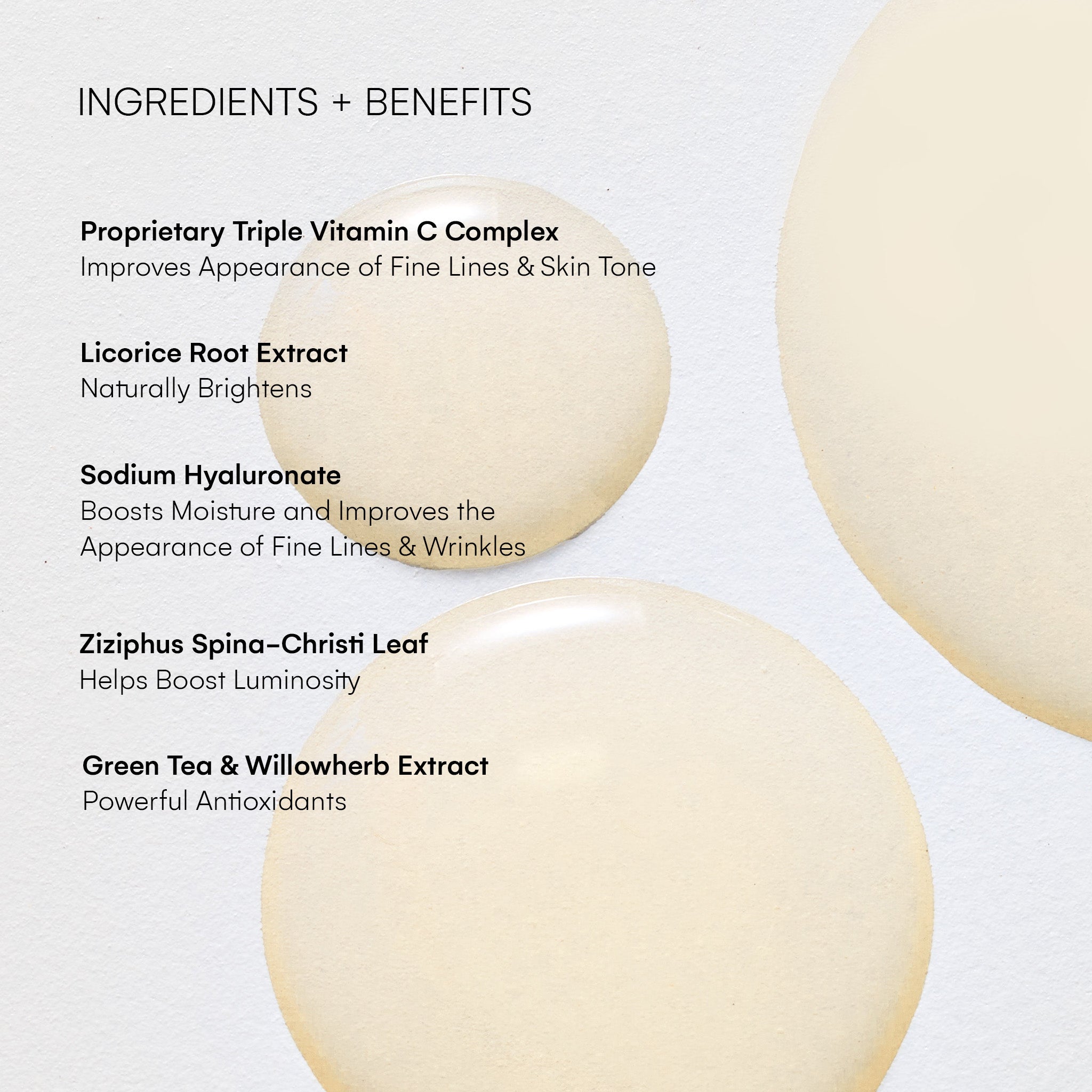
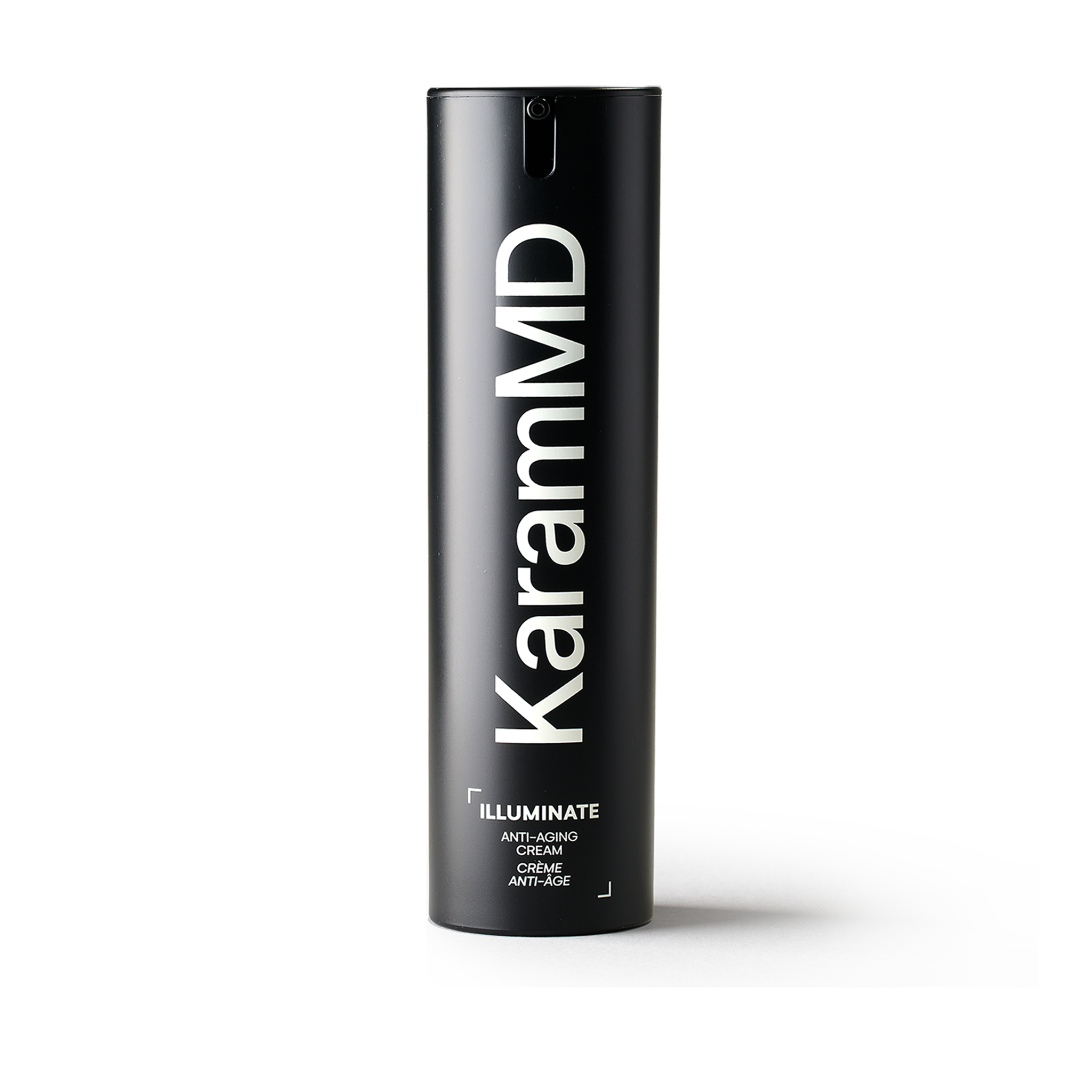

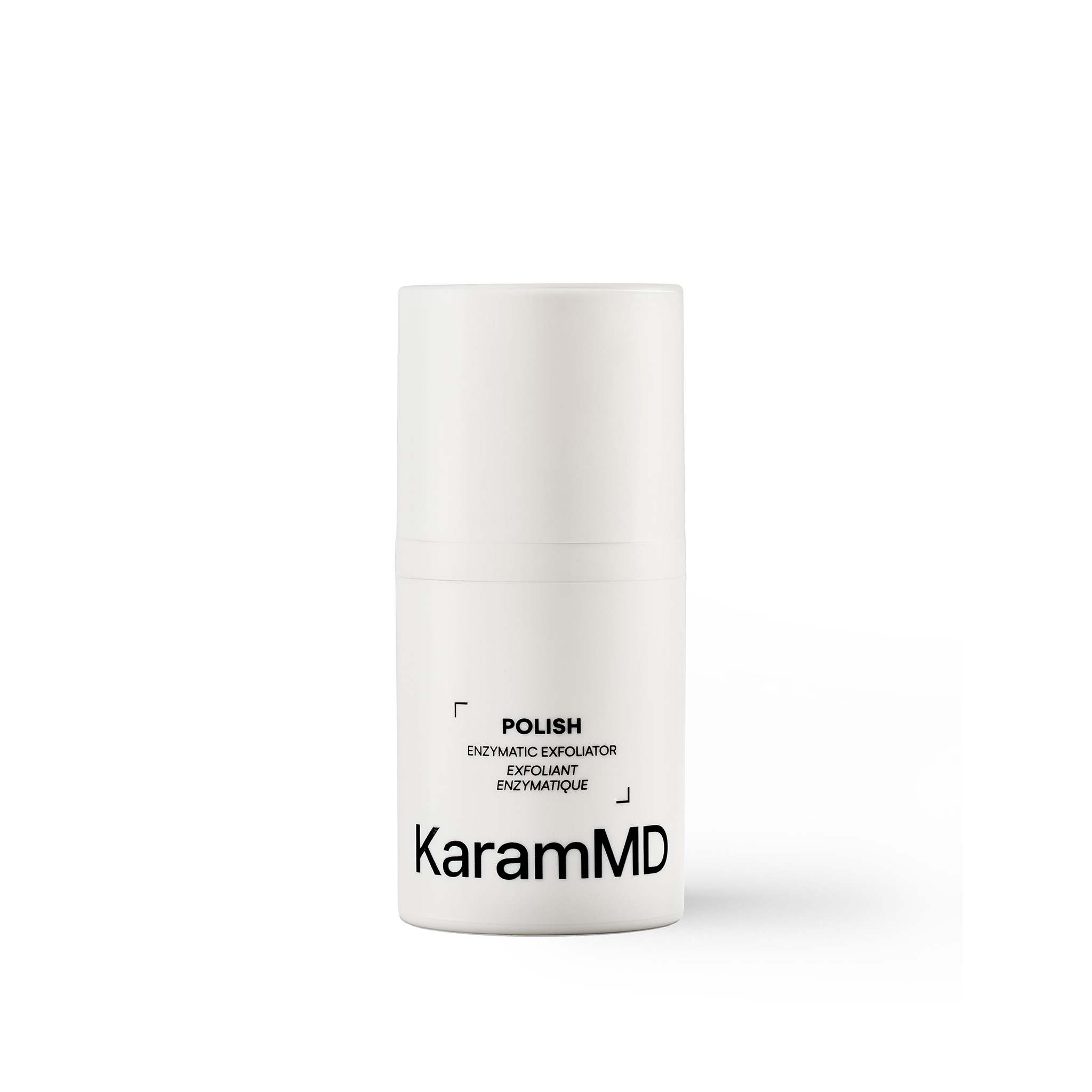
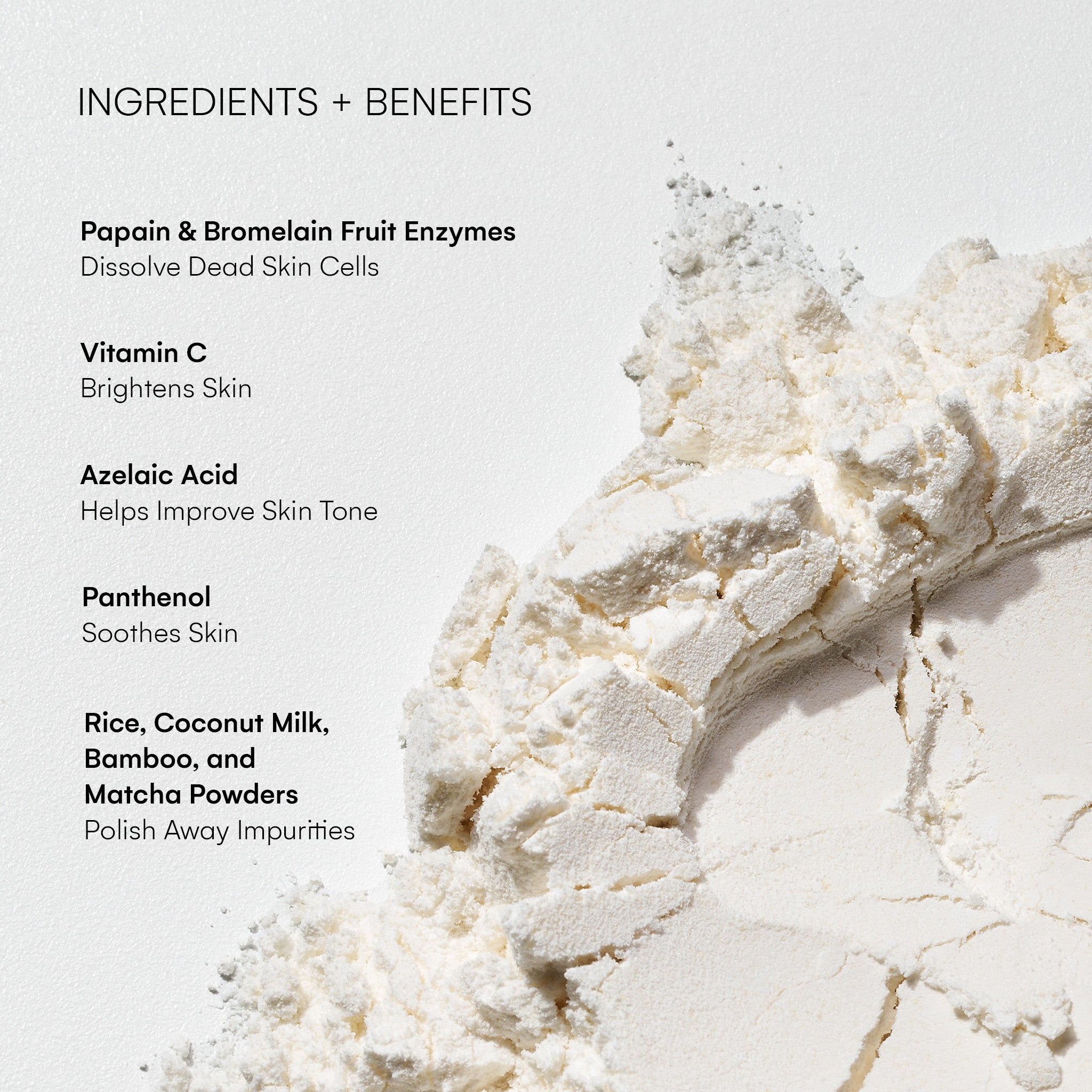
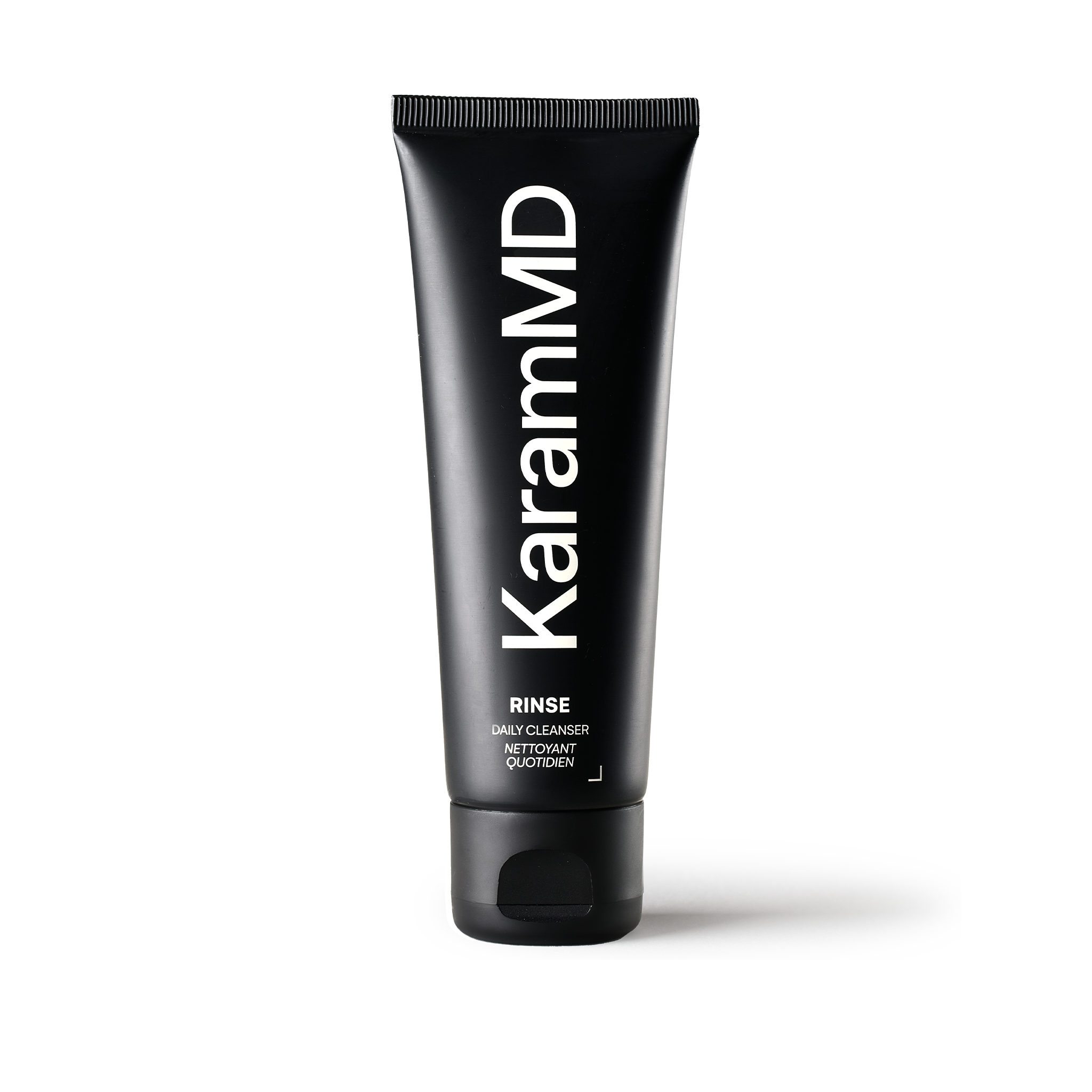
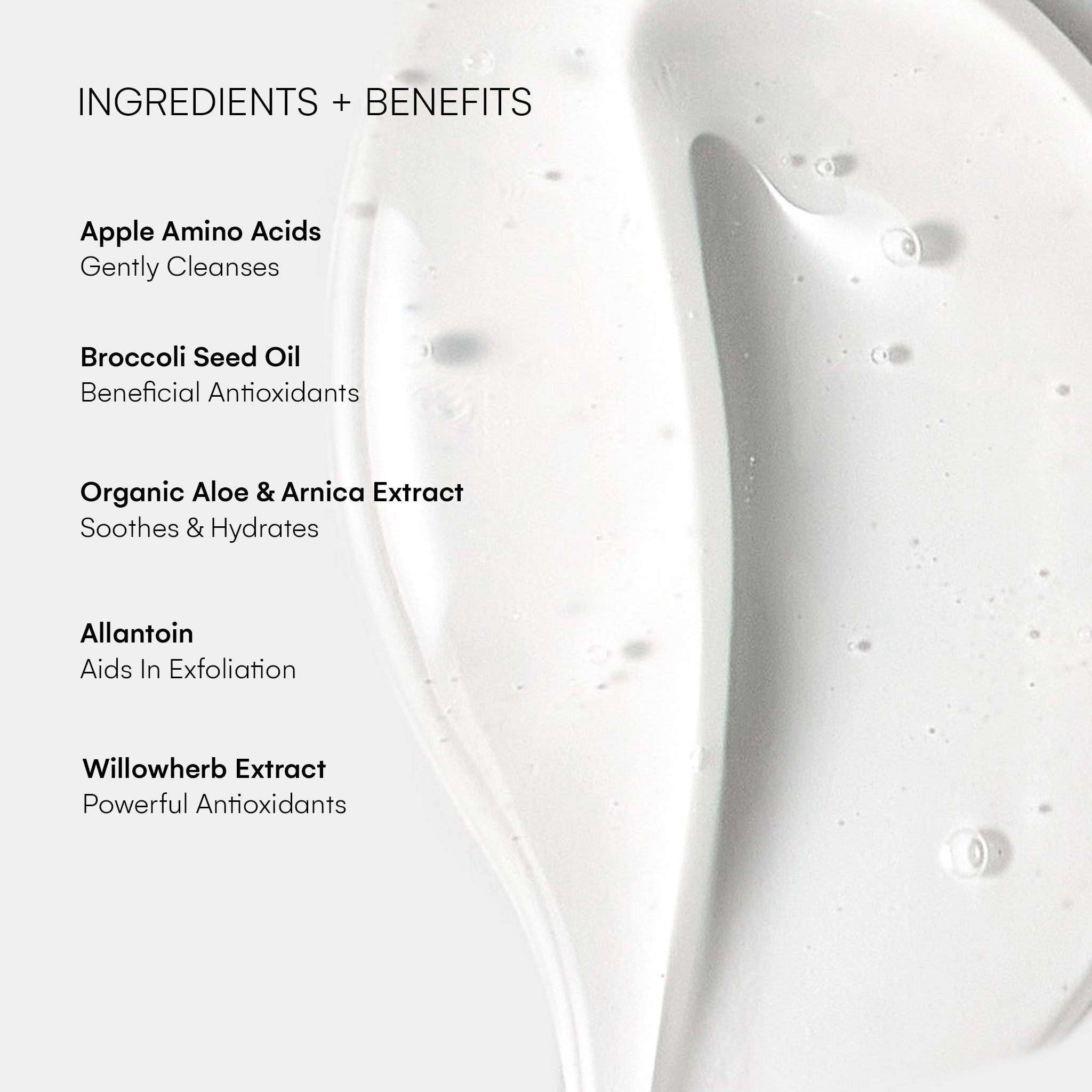
3 comments
Rachael Sealey
What a helpful article im hoping to book a consultation in the next few years as I’m desperate for the whole upper lower eye area brow fat transfer and either peel or laser can fat transfer and laser be done at same time?
Many thanks from Australia
Rachael
———
KaramMD Skin replied:
Hi Rachael —Thanks for your comment! We’re glad you found the article helpful! Fat transfer and laser treatments are sometimes combined, but whether that’s appropriate depends on your skin, goals, and the type of laser used. A consultation with a trusted surgeon would be the best way to explore your options and create a plan that’s tailored to you. For information on Dr. Karam’s procedures, you will need to request a virtual consultation by clicking on this link: https://www.drkaram.com/getting-started/
Lydia Gonzales
Hi Dr Karam, I live in Fresno,Ca . I would like to know I could have a consultation done on Zoom call with you?
———
KaramMD Skin replied:
Hi Lydia—Thanks for your comment! The most efficient way to get all the information for Dr. Karam’s procedures, you will need and request a virtual consultation by clicking on the link below: https://www.drkaram.com/getting-started/ You can get pricing and downtime info and learn more about the procedures. If you decide to request a consult, you must submit the contact form and your photos and Dr. Karam’s surgical team will assess your candidacy and move forward from there. You can also contact them directly at (858) 252-6826.
Elisabeta Dura
Very interesting , useful and convincing, as you used to, Doctor K. Thank you
———
KaramMD Skin replied:
Hi Elisabeta—Thanks for your comment! 😊 We’re so glad you found the Eye Rejuvenation Guide helpful and informative, and we’re thrilled to know Dr. Karam’s insights continue to resonate with you. Wishing you all the best on your skincare journey! 💛
Leave a comment
All comments are moderated before being published.
This site is protected by hCaptcha and the hCaptcha Privacy Policy and Terms of Service apply.